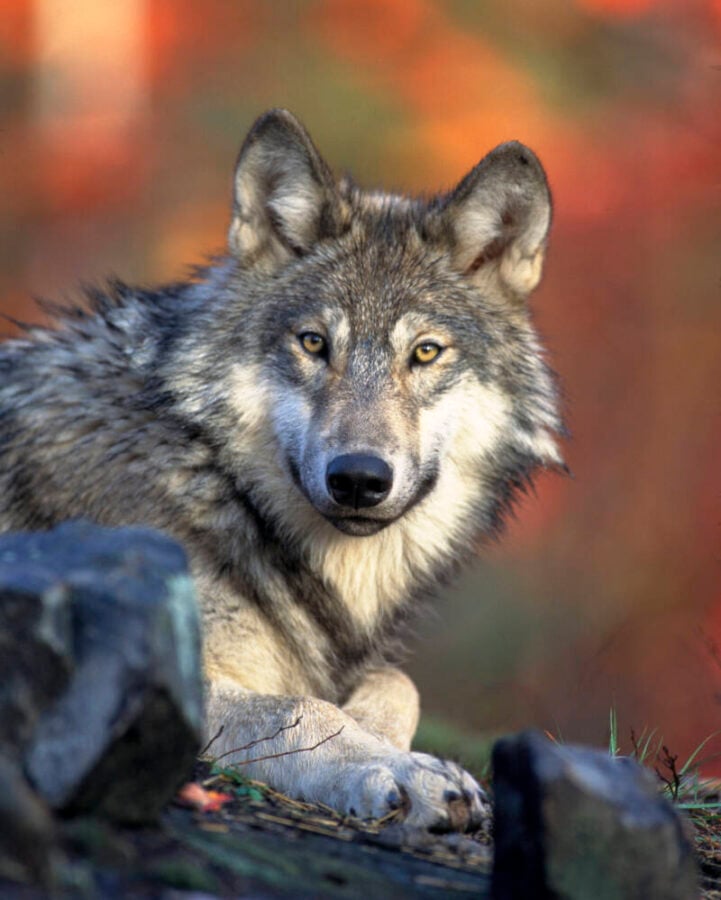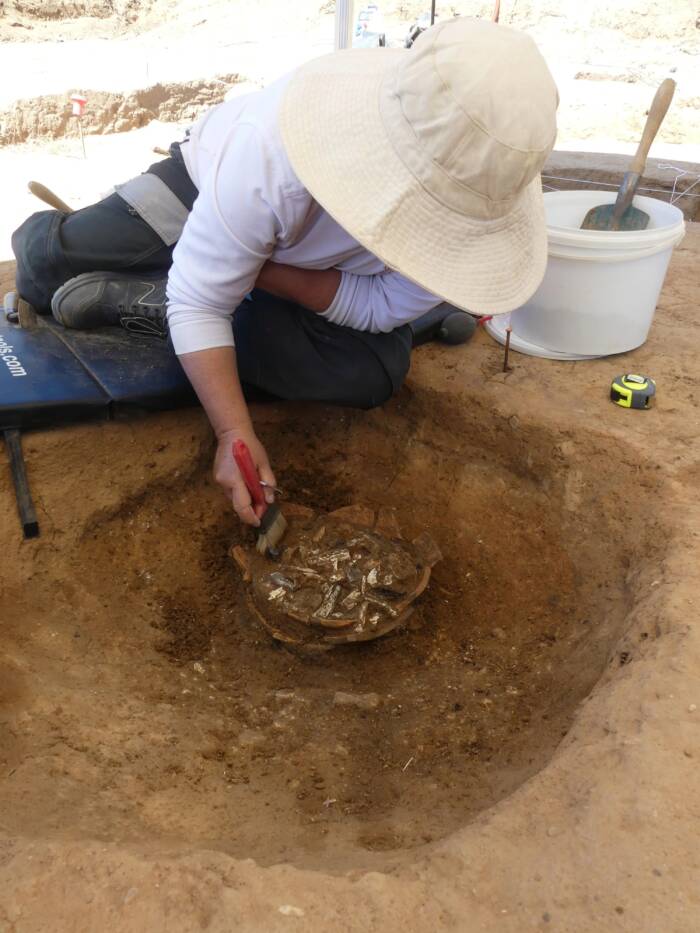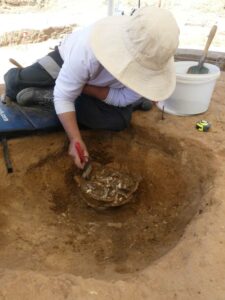“Revealed: The Surprising Self-Driven Evolution of Wolves into Dogs—Were They the Real Architects of Their Own Domestication?”
But could this process of natural selection really have occurred over such a short (in evolutionary terms) period of time? According to the new models, it’s certainly possible.
How New Mathematical Models Support The Theory That Dogs Domesticated Themselves

Wikimedia CommonsA pack of wolves pursuing an elk.
Without human intervention to speed up the domestication process, critics have argued, it would take far too long for wolves to have self-selected the genetic traits that eventually led to speciation — the formation of a new, separate dog species — over the given timeline. Up until now, though, no one had actually tried to apply mathematical modeling.
“I don’t think mathematical models have really shown up in this discussion yet,” said mathematical ecologist and study author David Elzinga. “I think they have a lot to contribute.”
The researchers ran several models, including ones where tamer, scavenging wolves mated solely with each other and models where they mated with other, more aggressive wolves. Across the models, early dogs separated from wolves 37 percent of the time. If scavenging animals mated with other tamer animals, however, they formed early dog packs 74 percent of the time.

Wikimedia CommonsA modern wolf carrying a caribou hindquarter.
“When females were selecting mates, they also had to select males that had a similar tameness to themselves,” study co-author Alex Capaldi told Live Science. “So if both of those processes are in play, then it is possible for the self-domestication hypothesis to beat the time constraint critique.”
In this latter scenario, it took about 8,000 years for dogs to separate from wolves, and that change, in the model, lasted more than 3,400 years, until the model ran out of “time.”
While the model doesn’t outright prove the self-domestication theory or provide a definitive answer as to how dogs became domesticated, it does at least prove that, under the right circumstances, self-domestication was at least possible.
Of course, it’s also likely that the answer isn’t quite so black and white. Given how close humans and dogs have been historically, the answer is probably some combination of both human influence and dogs choosing to be around them. At the very least, it doesn’t seem as if humans forced domestication onto dogs.
“There are lots of process that are going on,” Capaldi said. “It’s probably a question of, not which one was it, but which one was the larger factor.”
After learning about how dogs may have domesticated themselves, learn about how humans once tried to domesticate the cassowary — the most dangerous bird in the world. Then, read about some of history’s most famous dogs.




















